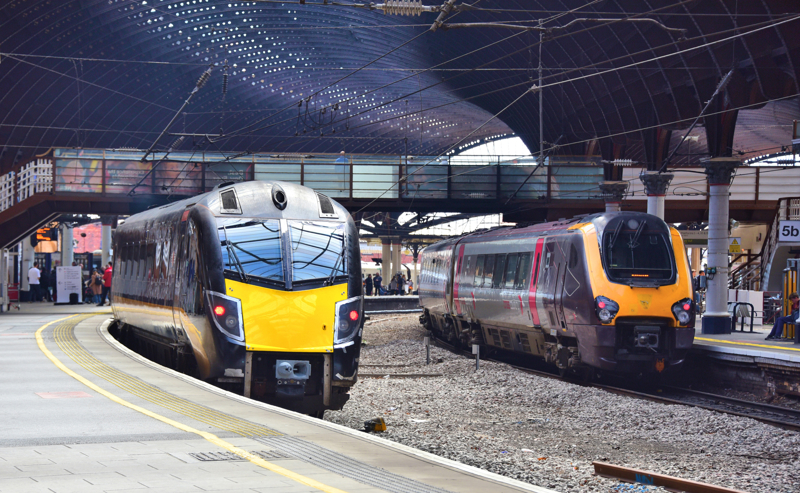
The challenges in trying to draw up an electrification strategy and the alternatives to diesel traction formed one of several talking points in the Engineering Theatre on day one of Rail Live.

The challenges in trying to draw up an electrification strategy and the alternatives to diesel traction formed one of several talking points in the Engineering Theatre on day one of Rail Live.
House of Commons Transport Select Committee member Olly Glover argued that a main line electrification programme should be in place - similar to the one adopted in Germany.
“Lord Hendy said in his own words that it was incontrovertible that a commitment to a rolling programme would bring down costs and support the supply chain,” he said.
“We know that to be the case because Germany has been upgrading nearly 200 kilometres a year for nearly 40 years.”
However, the recent Spending Review showed no signs of a forthcoming electrification programme, with attentions turning to what the industry could be doing to bridge the gap and make the case to the Treasury.
Jon Humpherson, Electrification Director for Rail Infrastructure at Siemens Mobility, said electrification “did not live in isolation” and had to work hand in hand with any rolling stock strategy.
“If we don’t do anything now, we will end up with diesel trains for the next 30 years.” he added.
It was pointed out by the panel that if the government is to reach its own stated ambition of reaching net zero by 2050, the country would need to electrify nearly 600km (373 miles) of single track each year. But Humpherson and fellow panel member Noel Dolphin, Head of UK Projects at Furrer + Frey, were in agreement that there was little money available to make that happen.
Glover posed the question that other countries across Europe - including Albania, Slovenia and Slovakia - were all investing in electrification, “so why wasn’t the UK?”
He argued that was partly down to Westminster’s views and knowledge of electrification being “pretty limited”, and that the industry was doing a “very good job at convincing government and MPs that discontinuous electrification is a proven technology and used across Europe, with all the same benefits at a much lower price”.
Glover also contended that “there is no other railway in the world where they would use discontinuous electrification on a track that is designed for four trains an hour running at 100mph. Yet that’s what is proposed for East West Rail.”
He said a sensible approach to discontinuous electrification and other alternative traction modes was needed, as well as an assessment on where they are suited.
Humpherson contended the reality was that a stepping stone would be needed in order for the country to move forward with full electrification, with discontinuous electrification “perfect” for select routes.
Bute argued that the technology does exist which meant “rolling stock does not have to wait for electrification to catch up”.
Login to continue reading
Or register with RAIL to keep up-to-date with the latest news, insight and opinion.


















Derek Amitri - 08/07/2025 08:57
We will have diesel trains for thirty years - so we need to order more now! The crippling rolling stock shortages and overcrowding with TOCs like Cross Country, EMR and GWR are unacceptable. No other advanced economy has 4- and 5-car trains (with as few as 3 cars of Standard Class) running busy inter-city services.